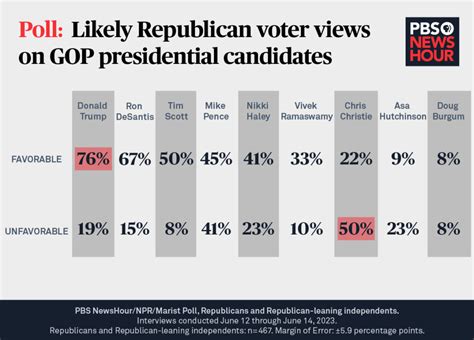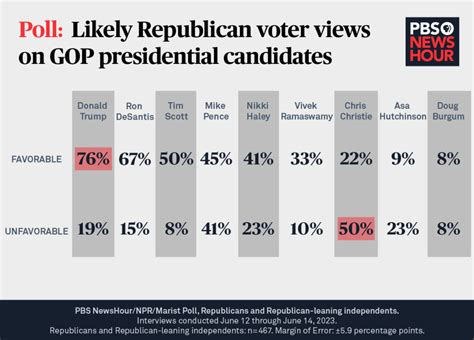Discover essential information about voting hours, tips to maximize your time, and the factors influencing voter turnout in different states.In today’s democratic landscape, understanding voting hours is crucial for every voter aiming to make their voice heard. As elections play a pivotal role in shaping our communities and future, being informed about when and where to cast your vote can significantly impact civic engagement and turnout. This comprehensive guide provides essential information about voting hours, offering insights into how to find your local voting schedule with ease. We delve into the factors that affect voting hours across different states and explore their influence on voter turnout. Additionally, you’ll discover practical tips for maximizing your time at the polls, ensuring that you’re fully prepared when election day arrives. Join us as we navigate the vital aspects of voting hours and empower you to participate in democracy confidently.
What Are Voting Hours: Essential Information for Voters
Voting hours refer to the specific times during which polling places are open for registered voters to cast their ballots. These hours can vary significantly from state to state, and even within local districts. Understanding these hours is crucial for voters to ensure they have the opportunity to participate in elections without any complications.
Typically, voting hours range from early morning to the evening, with most states allowing voters to cast their votes for at least 8 to 12 hours on election day. For example, some states open polls as early as 6 AM and keep them open until 8 PM, while others may have different schedules. It’s important for voters to check their local election office or official state website to confirm the exact polling times.
Understanding voting hours also involves being aware of early voting options and any changes that may occur during special elections or primaries. Early voting can provide additional flexibility, allowing voters to cast their ballots before the official election day, often during extended hours. This is particularly beneficial for those who may have time constraints on the day of the election.
Being informed about voting hours empowers voters to make plans accordingly and ensures they can exercise their democratic rights without any hindrance. Always keep an eye on announcements from your local election officials as election day approaches, as they may provide updates or changes to the standard voting hours.
How to Find Your Local Voting Hours Easily
Finding your local voting hours is crucial to ensure you participate in the electoral process. Fortunately, there are several easy and efficient ways to discover Understanding Voting hours in your area:
- Visit State Election Office Websites: Almost every state has an official election office website where you can find detailed information about voting hours, polling places, and any changes that may occur during an election.
- Use Voter Information Portals: Websites like Can I Vote (nass.org/can-I-vote) provide personalized voting information based on your state and local area. Simply enter your address to get the relevant voting hours.
- Contact Local Election Authorities: If you prefer a direct approach, you can call or email your local election office. They can provide you with exact details regarding voting times and locations.
- Check Voter Registration Cards: When you register to vote, you often receive a voter registration card that includes your polling place and its hours. Keep this information handy.
- Social Media and Community Boards: Many local governments use social media platforms and community bulletin boards to relay important voting information. Follow your local election authority on social media for timely updates.
By utilizing these resources, you can easily access the information you need regarding Understanding Voting hours and ensure you’re ready to cast your vote on Election Day.
Understanding Voting Hours: Impact on Voter Turnout
The understanding voting hours is crucial for gauging their effect on voter turnout. Research indicates that the designated times for voting can significantly influence the number of people who cast their ballots. If voters are unaware or unable to access polling places within the specified hours, participation may dwindle.
One of the primary factors affecting voter turnout is the alignment of voting hours with typical work hours. In many states, polling places may open early in the morning and close by 7 or 8 PM. For individuals with 9-to-5 jobs, these hours can pose a challenge, leading to lower participation rates. Adjusting voting hours to accommodate working individuals can enhance accessibility.
Moreover, factors such as weather conditions, local events, and public transport availability during voting hours also contribute to turnout rates. Adequate public awareness campaigns targeted at informing the community about voting hours can mitigate these issues, allowing more citizens the opportunity to vote.
understanding voting hours is vital, as they directly correlate with voter engagement and turnout. Tailoring these hours to better serve the population can lead to a more active and representative electorate.
Key Factors Affecting Voting Hours in Different States
When it comes to understanding voting hours, it’s crucial to recognize that they can vary significantly from one state to another. Several factors contribute to this variability:
By considering these factors, voters can better navigate the complexities of voting hours in their respective states and make more informed decisions about when to cast their ballots.
Tips for Maximizing Your Time During Voting Hours
To ensure that you make the most out of your voting experience, consider these practical tips that align with your schedule and the importance of being well-prepared.
By implementing these tips, you can maximize your time during voting hours and play an active role in the democratic process.
Frequently Asked Questions
What are voting hours?
Voting hours refer to the specific times during which polls are open for voters to cast their ballots on election day.
Do voting hours vary by state?
Yes, voting hours can vary significantly by state, with some states starting as early as 6 AM and others opening as late as 10 AM.
What is the importance of knowing voting hours?
Knowing voting hours is crucial for voters to ensure they can plan their schedules accordingly and avoid missing their chance to vote.
Can voters vote outside the designated voting hours?
No, voters must cast their ballots during the designated voting hours. Arriving late may result in being unable to vote.
Are there any exceptions to voting hours due to circumstances like the pandemic?
Yes, some states may adjust voting hours or allow for extended voting days during emergencies such as a pandemic.
How can voters find out the specific voting hours in their area?
Voters can find specific voting hours by checking their state’s election office website or calling local election officials.
What should voters do if they are in line when the polls close?
Voters who are in line when the polls close are typically allowed to cast their ballots, so they should stay in line and inform poll workers if necessary.









